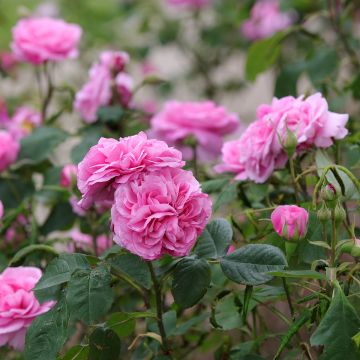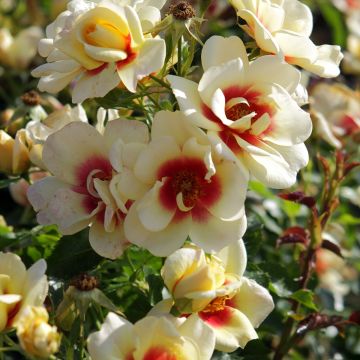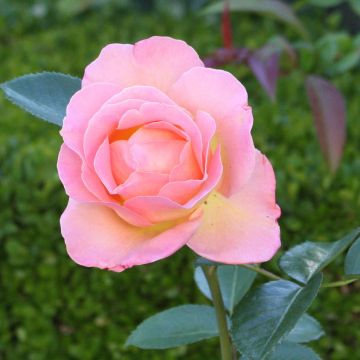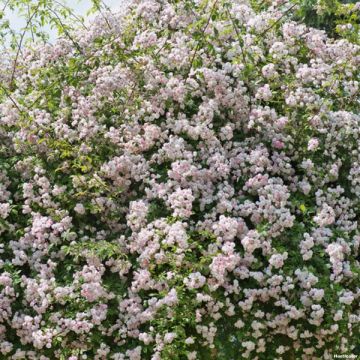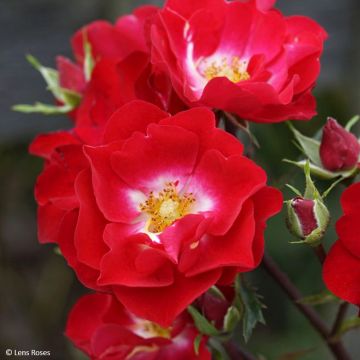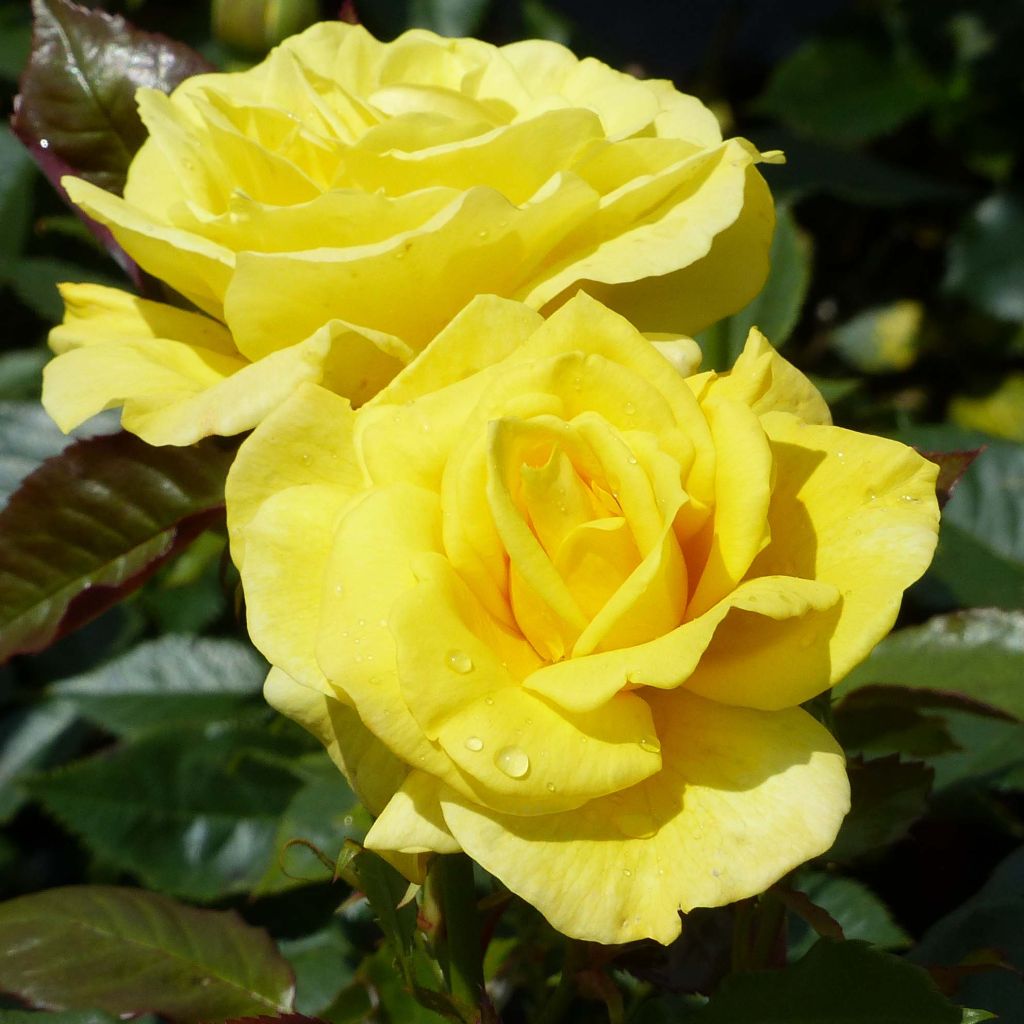

Rosa x floribunda 'Friesia' - Shrub Rose
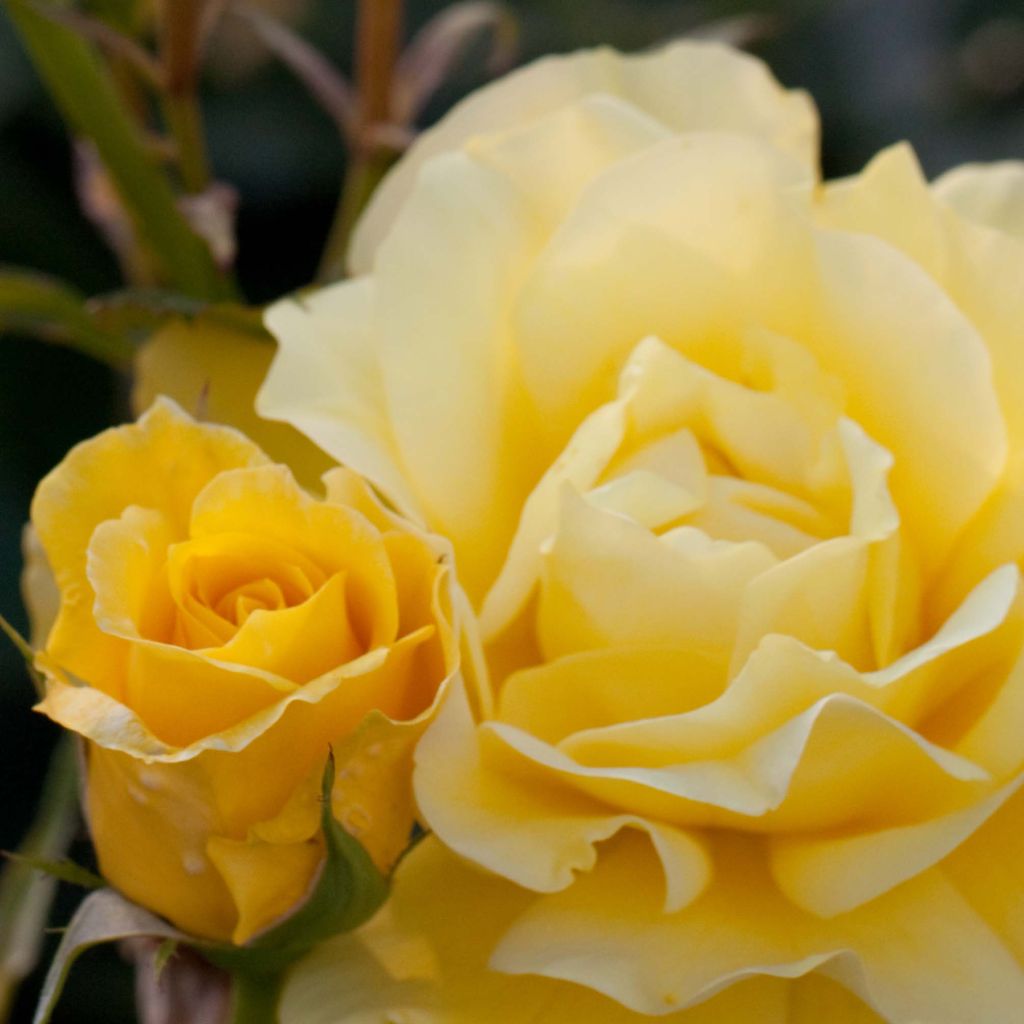

Rosa x floribunda 'Friesia' - Shrub Rose
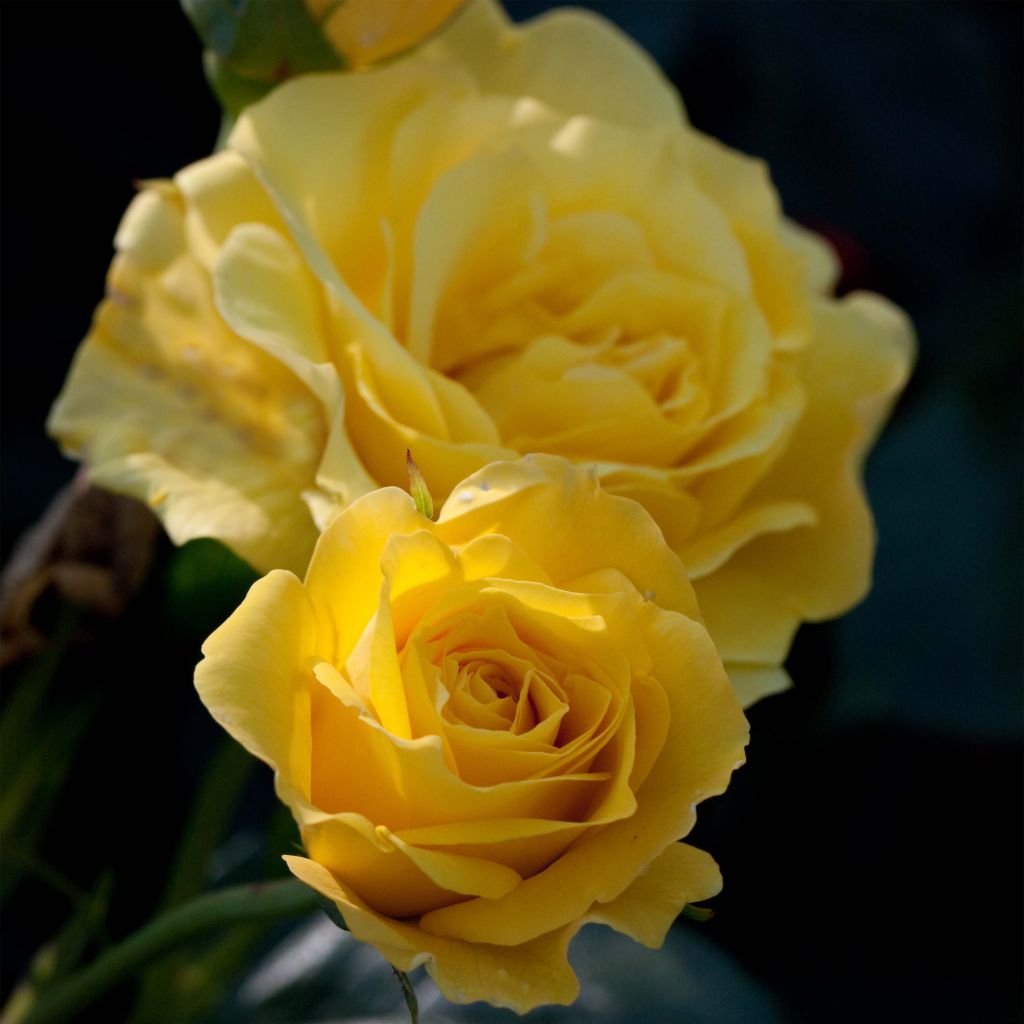

Rosa x floribunda 'Friesia' - Shrub Rose
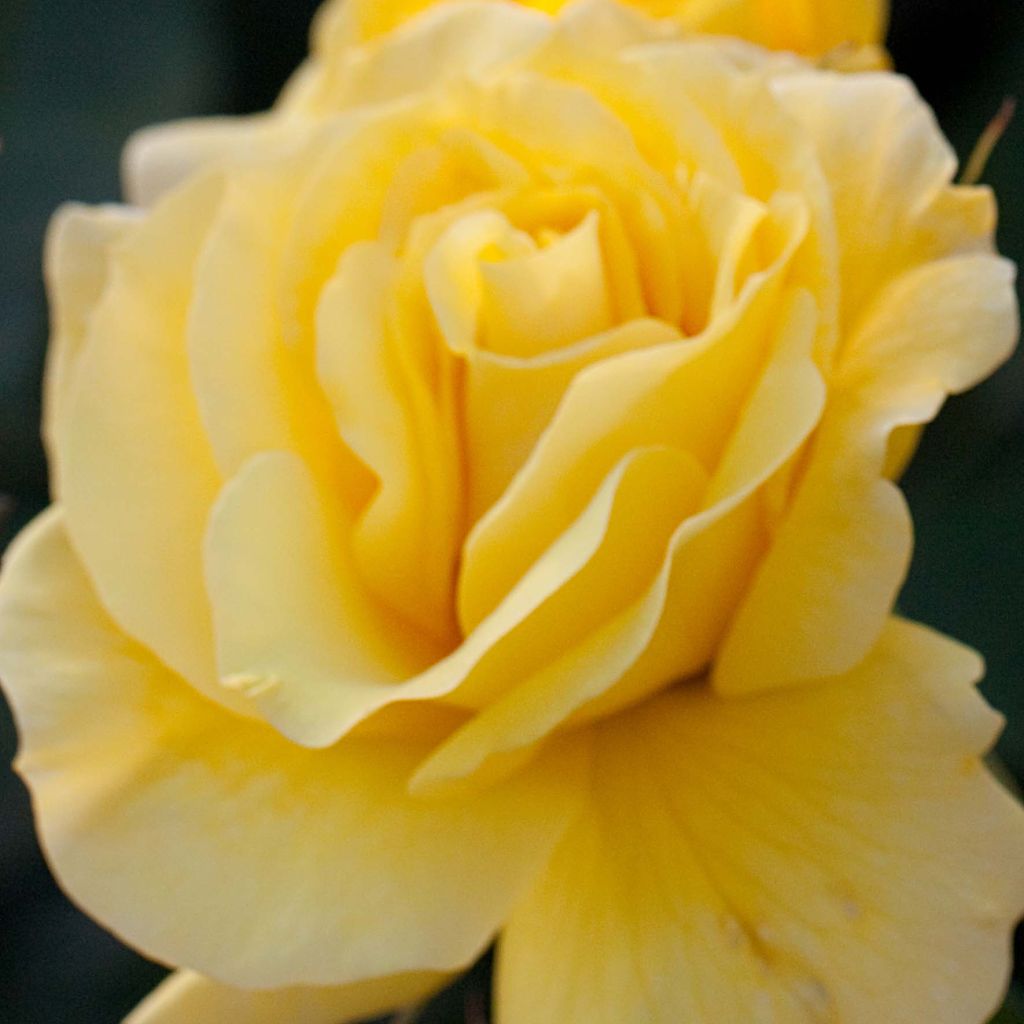

Rosa x floribunda 'Friesia' - Shrub Rose
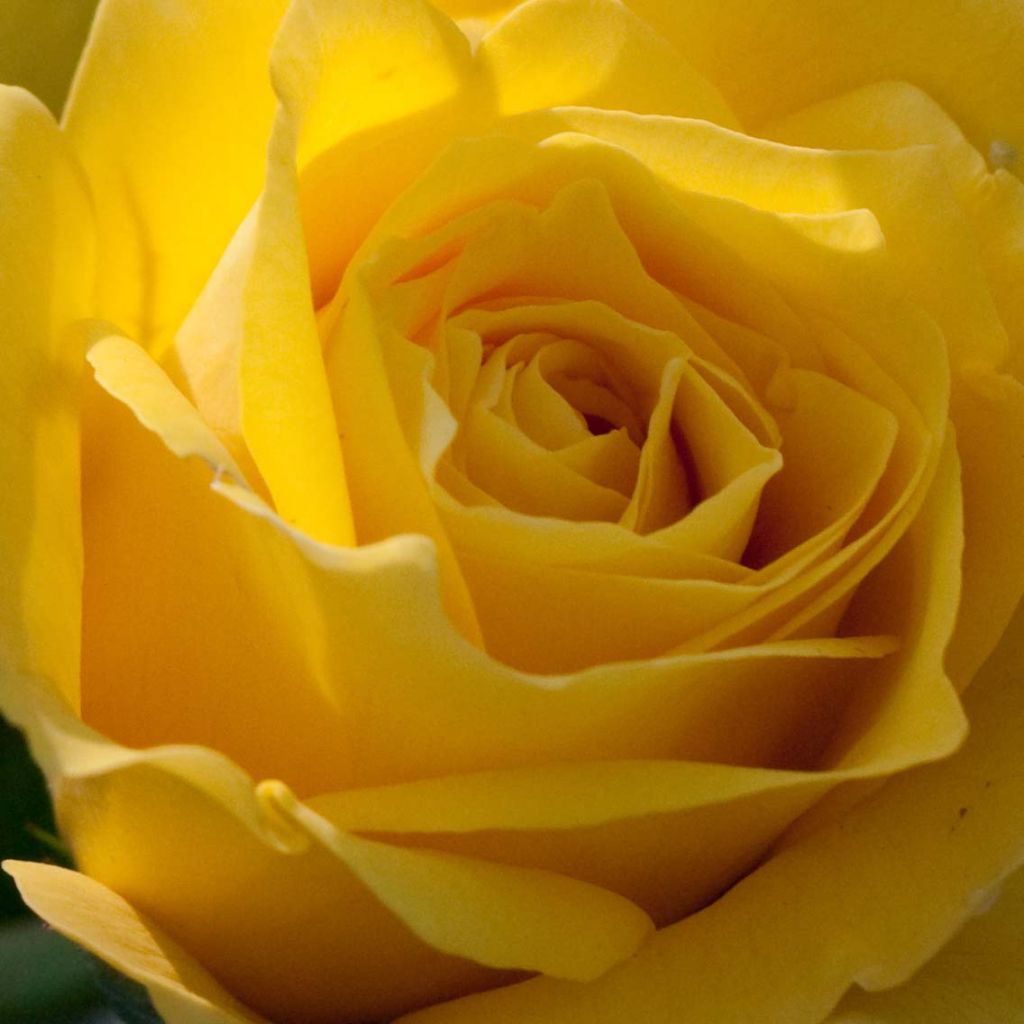

Rosa x floribunda 'Friesia' - Shrub Rose
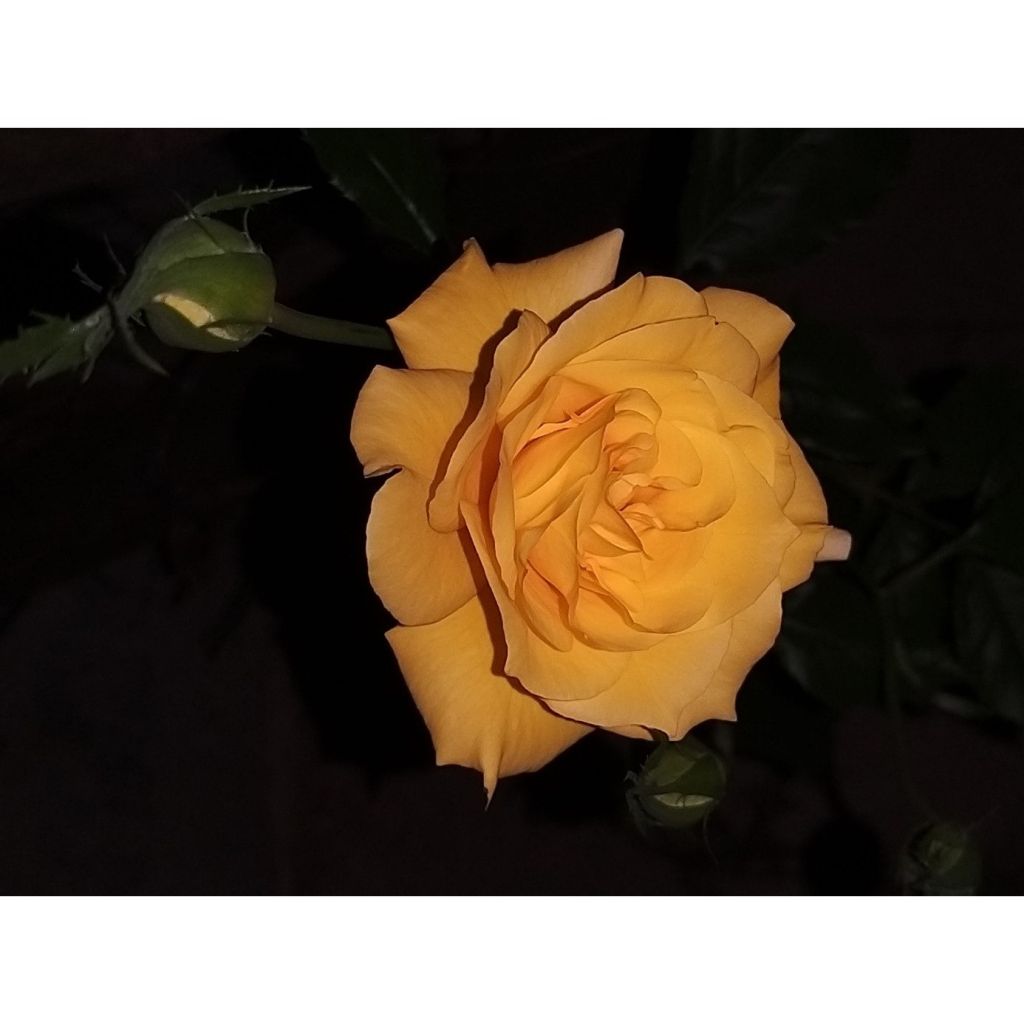

Rosa x floribunda 'Friesia' - Shrub Rose
Rosa x floribunda 'Friesia' - Shrub Rose
Rosa x floribunda Friesia ® Koresia
Koresia
This item cannot be shipped to the selected country
Delivery charge from €5.90
Delivery charge from €5.90
Delivery charge from €5.90
Delivery to Corse prohibited
More information
Schedule delivery date,
and select date in basket
This plant carries a 24 months recovery warranty
More information
We guarantee the quality of our plants for a full growing cycle, and will replace at our expense any plant that fails to recover under normal climatic and planting conditions.
From €5.90 for pickup delivery and €6.90 for home delivery
Express home delivery from €8.90.
From €5.90 for pickup delivery and €6.90 for home delivery
Express home delivery from €8.90.
From €5.90 for pickup delivery and €6.90 for home delivery
Express home delivery from €8.90.
Delivery to Corse prohibited: UE law prohibits the import of this plant from mainland France to Corse as part of the fight against Xylella fastidiosa. Please accept our sincere apologies.
More information
Does this plant fit my garden?
Set up your Plantfit profile →
Description
The Bush Rose 'Friesia' forms a not very tall but floriferous, vigorous, sturdy bush resistant to bad weather and diseases. Its double and full roses, gathered in bouquets, display a bright golden yellow colour when they open, fading slightly when they wilt. Their fragrance, quite present, reminds me of both iris and patchouli. It blooms for a long time, from May until the first frost, and its flowers retain all their brilliance even under scorching sun. An excellent variety, radiating good cheer, for the garden or even the terrace. Worth discovering!
The Rose 'Friesia' or 'Korresia' is a German creation by Kordes, dating back to 1973. In a few years, it forms a rounded and vigorous bush, with thorny stems spreading 70 to 80 cm (28 to 32in) in all directions, highly branched, vigorous, and covered with very healthy deciduous foliage, cut into large leaflets, born red and becoming shiny dark green in summer. Its flowering is abundant from May to October-November. Its corollas, 5 to 8 cm (2 to 3in) wide, are double, slightly ruffled, gathered in bouquets of 5 to 7 flowers with a somewhat blurry pattern and undulated petals. The tightly closed buds open into round and fully open cups, producing bright yellow roses around a red-tinged heart. Their floral fragrance is well-pronounced.
Floribunda roses allow for the creation of beautiful small hedges planted mixed along the edge of the terrace or in small shrub beds. Combine them with abelias, nandinas, or caryopteris, for example. They are good companions for paniculate phlox and tall gypsophila. The modest size and weather resistance of 'Friesia' make it an exciting variety for all gardens, even small ones, and for cultivating large pots. Its use is versatile, depending on the desires of each gardener: in a rose bed, in the company of white varieties ('Irene Of Denmark'), or mauve ones (Blue Eyes), or mixed with easy-care perennials such as perennial geraniums, small-flowered carnations, or blue asters. And its scented roses are sparkling in bouquets.
Report an error about the product description
Rosa x floribunda 'Friesia' - Shrub Rose in pictures
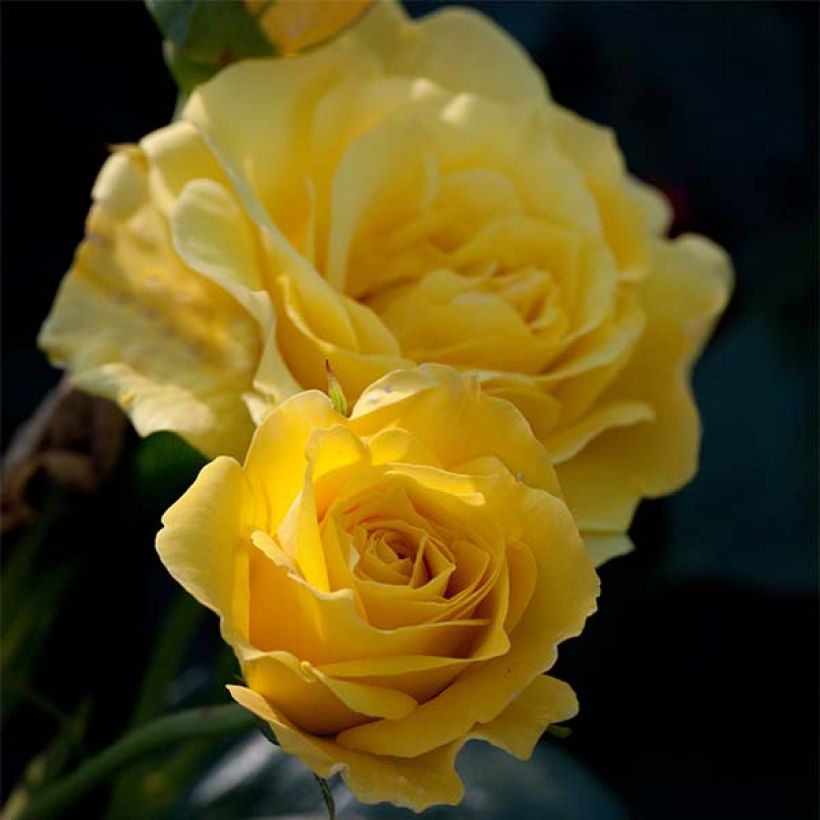

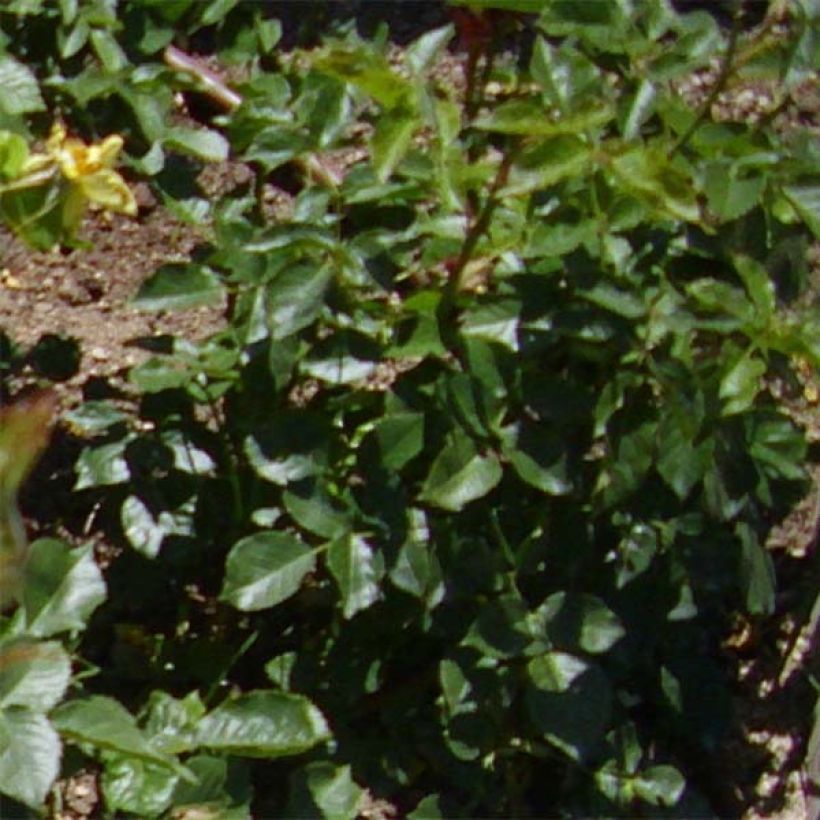

Plant habit
Flowering
Foliage
Botanical data
Rosa
x floribunda
Friesia ® Koresia
Rosaceae
Koresia
Cultivar or hybrid
Rosa canina Laxa (2L/3L pot, Wrapped bare root)
Other Roses A to Z
Planting and care
To plant the 'Friesia' floribunda rose, you should choose a spot with well-prepared and well-drained soil between November and March. Roses typically do well in clayey soils that are heavier rather than lighter. If the soil is too sandy, compact, or dry during summer, it is better to add compost or well-rotted manure to the bottom of the planting hole. However, it is essential to avoid waterlogged soils during winter. Make sure to plant the rose in a sunny location or, at most, partial shade. Roses require special care, so it is best to use a specific fertiliser at the beginning of vegetation and then regularly throughout the flowering period.
Roses may develop unsightly spots at the end of summer, but this is a natural occurrence and doesn't harm the rose's growth.
Planting period
Intended location
Care
-
, onOrder confirmed
Reply from on Promesse de fleurs
Haven't found what you were looking for?
Hardiness is the lowest winter temperature a plant can endure without suffering serious damage or even dying. However, hardiness is affected by location (a sheltered area, such as a patio), protection (winter cover) and soil type (hardiness is improved by well-drained soil).

Photo Sharing Terms & Conditions
In order to encourage gardeners to interact and share their experiences, Promesse de fleurs offers various media enabling content to be uploaded onto its Site - in particular via the ‘Photo sharing’ module.
The User agrees to refrain from:
- Posting any content that is illegal, prejudicial, insulting, racist, inciteful to hatred, revisionist, contrary to public decency, that infringes on privacy or on the privacy rights of third parties, in particular the publicity rights of persons and goods, intellectual property rights, or the right to privacy.
- Submitting content on behalf of a third party;
- Impersonate the identity of a third party and/or publish any personal information about a third party;
In general, the User undertakes to refrain from any unethical behaviour.
All Content (in particular text, comments, files, images, photos, videos, creative works, etc.), which may be subject to property or intellectual property rights, image or other private rights, shall remain the property of the User, subject to the limited rights granted by the terms of the licence granted by Promesse de fleurs as stated below. Users are at liberty to publish or not to publish such Content on the Site, notably via the ‘Photo Sharing’ facility, and accept that this Content shall be made public and freely accessible, notably on the Internet.
Users further acknowledge, undertake to have ,and guarantee that they hold all necessary rights and permissions to publish such material on the Site, in particular with regard to the legislation in force pertaining to any privacy, property, intellectual property, image, or contractual rights, or rights of any other nature. By publishing such Content on the Site, Users acknowledge accepting full liability as publishers of the Content within the meaning of the law, and grant Promesse de fleurs, free of charge, an inclusive, worldwide licence for the said Content for the entire duration of its publication, including all reproduction, representation, up/downloading, displaying, performing, transmission, and storage rights.
Users also grant permission for their name to be linked to the Content and accept that this link may not always be made available.
By engaging in posting material, Users consent to their Content becoming automatically accessible on the Internet, in particular on other sites and/or blogs and/or web pages of the Promesse de fleurs site, including in particular social pages and the Promesse de fleurs catalogue.
Users may secure the removal of entrusted content free of charge by issuing a simple request via our contact form.
The flowering period indicated on our website applies to countries and regions located in USDA zone 8 (France, the United Kingdom, Ireland, the Netherlands, etc.)
It will vary according to where you live:
- In zones 9 to 10 (Italy, Spain, Greece, etc.), flowering will occur about 2 to 4 weeks earlier.
- In zones 6 to 7 (Germany, Poland, Slovenia, and lower mountainous regions), flowering will be delayed by 2 to 3 weeks.
- In zone 5 (Central Europe, Scandinavia), blooming will be delayed by 3 to 5 weeks.
In temperate climates, pruning of spring-flowering shrubs (forsythia, spireas, etc.) should be done just after flowering.
Pruning of summer-flowering shrubs (Indian Lilac, Perovskia, etc.) can be done in winter or spring.
In cold regions as well as with frost-sensitive plants, avoid pruning too early when severe frosts may still occur.
The planting period indicated on our website applies to countries and regions located in USDA zone 8 (France, United Kingdom, Ireland, Netherlands).
It will vary according to where you live:
- In Mediterranean zones (Marseille, Madrid, Milan, etc.), autumn and winter are the best planting periods.
- In continental zones (Strasbourg, Munich, Vienna, etc.), delay planting by 2 to 3 weeks in spring and bring it forward by 2 to 4 weeks in autumn.
- In mountainous regions (the Alps, Pyrenees, Carpathians, etc.), it is best to plant in late spring (May-June) or late summer (August-September).
The harvesting period indicated on our website applies to countries and regions in USDA zone 8 (France, England, Ireland, the Netherlands).
In colder areas (Scandinavia, Poland, Austria...) fruit and vegetable harvests are likely to be delayed by 3-4 weeks.
In warmer areas (Italy, Spain, Greece, etc.), harvesting will probably take place earlier, depending on weather conditions.
The sowing periods indicated on our website apply to countries and regions within USDA Zone 8 (France, UK, Ireland, Netherlands).
In colder areas (Scandinavia, Poland, Austria...), delay any outdoor sowing by 3-4 weeks, or sow under glass.
In warmer climes (Italy, Spain, Greece, etc.), bring outdoor sowing forward by a few weeks.




































